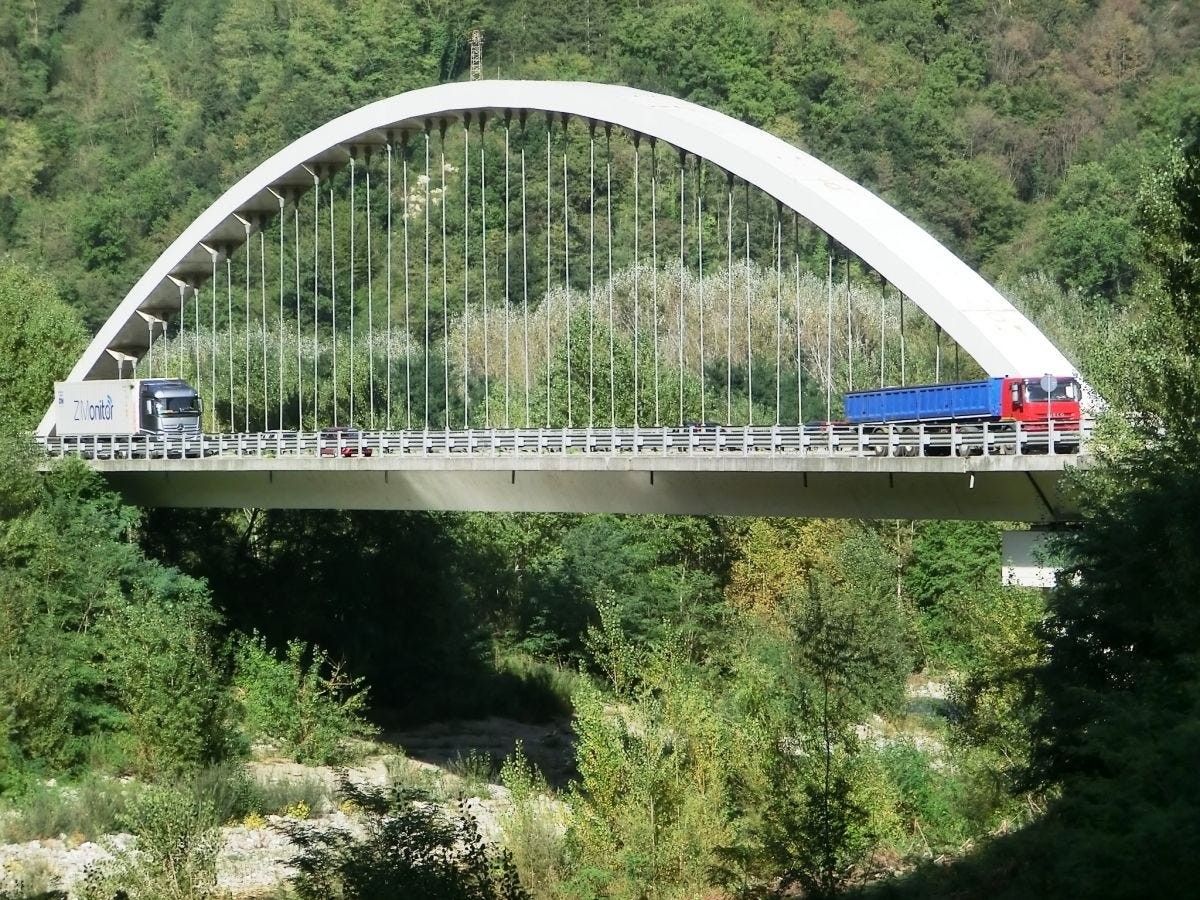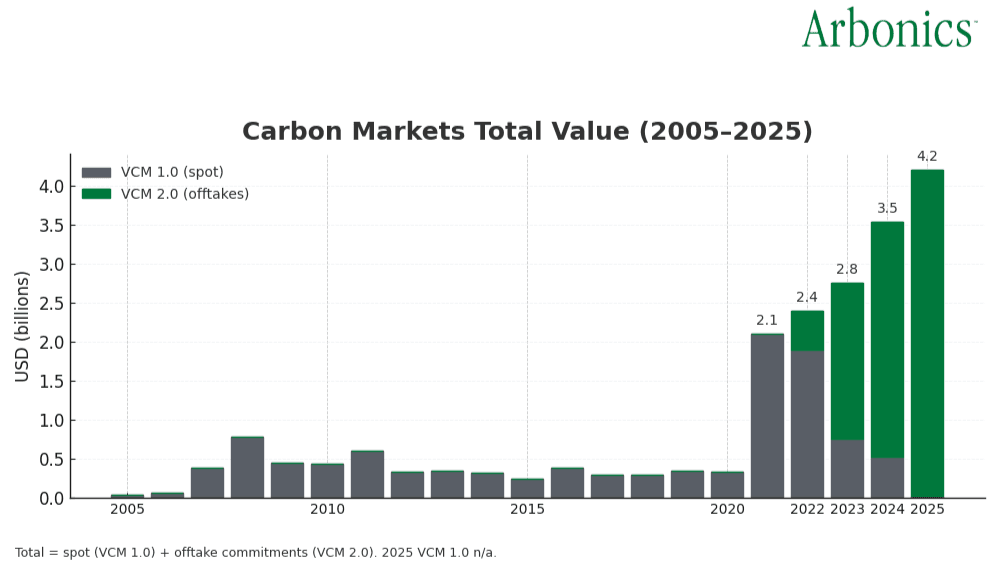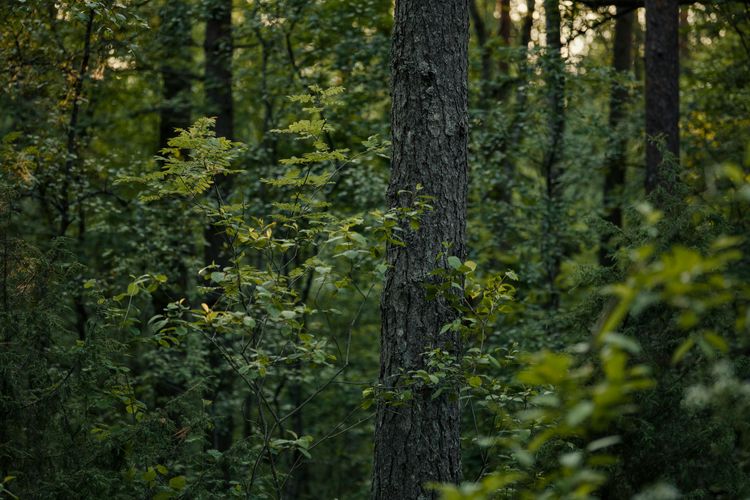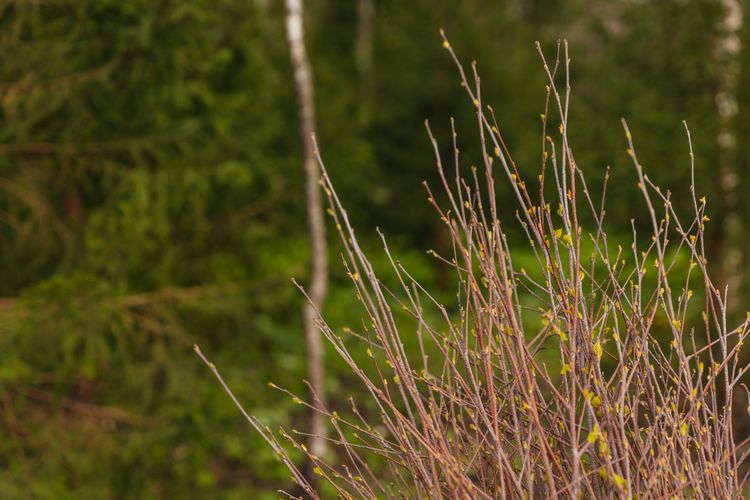What VCM 2.0 really means
I was touring Italy last week, still thinking about the reactions on my piece on the new carbon market (VCM 2.0). I stopped at an old bridge. A tiny car crept across.
It hit me: this is the old carbon market.
This bridge in Castelnuovo di Garfagnana is 700+ years old. It has helped countless people. It’s still valuable if you walk over it, but if you would need to get 5 trucks over the river, the bridge cannot help you.
A few valleys over, a newer span. Sleek, engineered, inspected, moves modern traffic without drama. That’s VCM 2.0: built to carry load and volume.

Integrity isn’t a vibe. It’s a spec.
At NY Climate Week kept repeating one line came up again and again: “Integrity will unlock scale.”
But scale doesn’t respond to slogans. It responds to a spec - clear requirements builders can meet and buyers can trust.
Over the past two years, the most advanced carbon buyers have quietly converged on what “higher quality” means. Not in press releases, in RFPs, data rooms, and contracts. Once that shared spec appeared, the market moved: projects meeting it cleared at higher prices and larger volumes than was ever possible under VCM 1.0.
Back to the bridge: we’ll send real traffic across your river if the bridge is built the right way and inspected properly. Post the load rating. Show the drawings. Log the inspections. Tell us what happens if something fails. Do that, and we’ll line up buses and trucks.
That’s the unlock. Integrity is the shared spec that lets private capital cross, time and time again.

What the spec looks like in practice
I will end with a real example how the VCM 2.0 looks in practice. At Arbonics, we’ve been inside the Symbiosis coalition work. This is exactly what I mean by a spec: Microsoft and other tech buyers have commited to buying Nature-Based Solutions and they’ve backed it with scale. Their public commitment is 20 million tonnes (i.e., >$1B at today’s removal prices). The bridge gets built when the load is real.
The Symbiosis spec (operator cut):
- ARR only. Afforestation & Reforestation - tonnes must be clear removals, not reductions.
- Dynamic baselines. Tech-based performance benchmarks per plot: prove you’re doing better than matched controls, not better than a static PDF from years ago.
- Full-stack, open MRV. Remote sensing + field plots + QA/QC, a published monitoring calendar, and a linkable data room (methods, maps, sampling, code/models, verification reports).
- Leakage handled. Show how production isn’t displaced or apply science-based deductions and publish the math.
- Biodiversity & safeguards by design. Native/diverse species in the right ecoregion/soils/water; community terms and grievance routes public.
Why this clears at higher prices: it’s a bridge with a posted load rating, inspections on schedule, and a fault plan buyers can read. This is what turns interest into multi-year offtakes at meaningful volume.
And this is where technology unlocks scale. Dynamic baselines, remote sensing, versioned data rooms, and disturbance alerts aren’t paperwork - they’re infrastructure. They raise transparency, cut measurement ambiguity, and shrink greenwashing risk, so capital can move with confidence. To me tech is the key integrity builder for the bridge. In short: better tech → clearer evidence → more trust → more scale.


